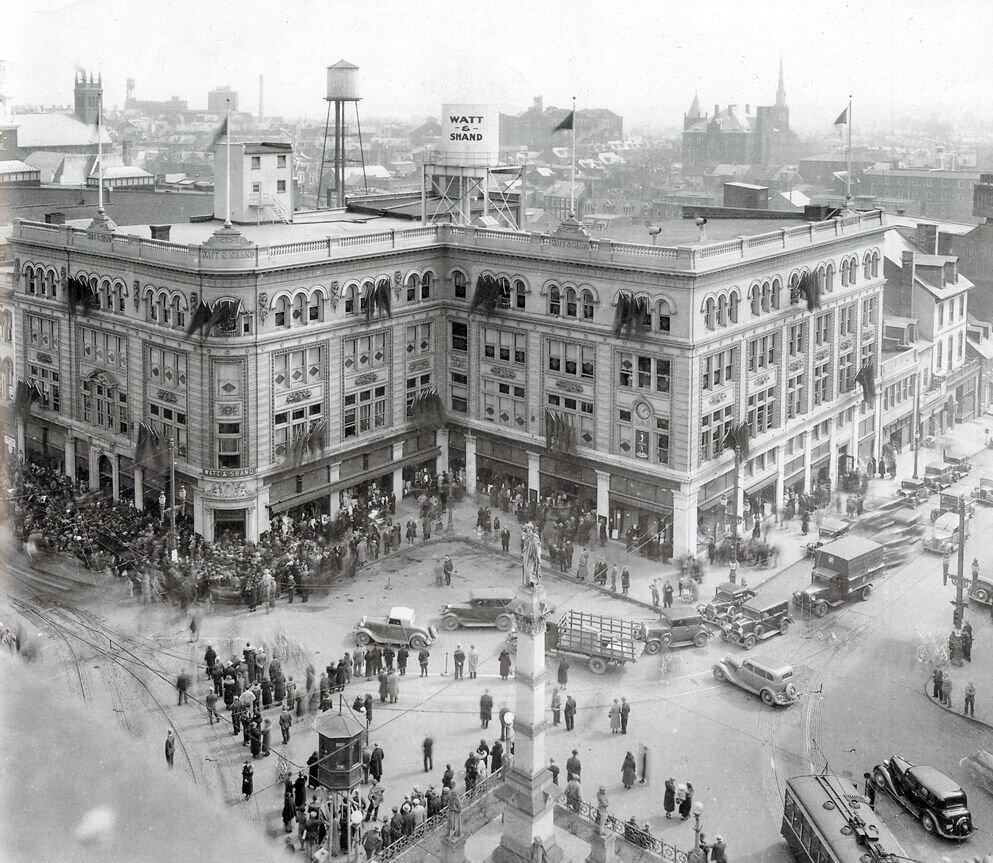
Be a part of history.
We’re proud of the rich historic fabric of our community.
Within the walls of the Lancaster County Convention Center is a remarkable historic site that reveals Lancaster County’s rich and varied history. Currently, in development, the Thaddeus Stevens & Lydia Hamilton Smith Historic Site & Museum will share the story of two remarkable Americans, while exploring the quest for freedom among enslaved African Americans, the pivotal place that Lancaster and the surrounding region played in the operation of the Underground Railroad, and Lancastrian Thaddeus Stevens’ critical role in amending the United States Constitution. Building on the prior work of the Historic Preservation Trust, which saved the buildings and beautifully restored their exteriors, LancasterHistory—Lancaster’s center for regional history—is responsible for stewarding the extraordinary history inherent in the Stevens & Smith Historic Site and Museum.
Images courtesy of Larry Lefever for LancasterHistory.
Courtesy LancasterHistory.
Thaddeus Stevens, a white northerner who confronted discrimination due to a lifelong disability, became a nationally-influential radical political leader who advocated for the abolition of slavery, racial equality, and public education in the mid-19th century. His efforts helped launch groundbreaking amendments to the United States Constitution during Reconstruction.
Lydia Hamilton Smith challenged race and gender barriers as a free woman of color by becoming a property owner and entrepreneur, as well as a companion to Stevens. Their home in Lancaster, Pennsylvania, was a shelter in the iconic Underground Railroad, and their networks included widely influential abolitionists and political and religious leaders. Their lives and work reveal a profound historic trajectory of promoting racial justice. The historic centerpiece of the Site is Stevens’ nineteenth-century home and law office at 45 South Queen Street and the subterranean area behind the home, containing an excavated cistern and archaeological items recovered from the Site. Check back often to follow our progress!
The interior recreation of some of these spaces, furnished with many original possessions, will immerse visitors in the lives and work of these influential figures. The excavated cistern and adjacent areas behind and below Stevens’ properties will provide interpretive spaces to contemplate the experiences of enslaved people escaping to freedom and the work of the Underground Railroad in Central Pennsylvania. It will tell the stories of freedom-seekers, abolitionists, and ordinary citizens and public servants alike who used social and political means to advance the quest for freedom and equality in nineteenth-century America.
Deeply embedded in the religious and cultural fabric of Lancaster County and Central Pennsylvania by the early nineteenth century, the Underground Railroad was the first mass movement of civil disobedience after the American Revolution and the first racially-integrated, religiously-inspired civil rights movement in our nation. Contemporary exhibitions and a community gathering space in the adjacent Kleiss Tavern will connect audiences to the broader historical legacies of these revolutionary figures and times, and encourage dialogue about connections between the past
and present.
Thaddeus Stevens
(1792-1868)
A powerful statesman fought in Congress and in the courtroom for the abolition of slavery and for the equality of Black Americans in the decades prior to and during the Civil War, and in the era of Reconstruction. His legacy is aligned with two of the great reforms of the nineteenth century: the establishment of free public education and the codification of the principle of equality before the law for all Americans, regardless of race. Stevens was an active agent in the Underground Railroad, assisting fugitive slaves by harboring them at his property at 45 South Queen Street and directing them to safety.
Lydia Hamilton Smith (1813-1884)
Stevens’ house manager and confidant for twenty-four years, was an accomplished African American businesswoman in her own right, and helped shape Stevens’ philosophy toward equal rights and strengthened his abhorrence of slavery. Smith navigated two worlds—as a single parent raising two Black children in a segregated community, as a property owner in a society that disenfranchised women of color, and as a political influencer, who held responsibility for the social maneuvering of a powerful Congressman. She worked with Stevens to help enslaved people escape to freedom using the network of the Underground Railroad, and following Stevens’ death, she prospered as an entrepreneur.
Below images courtesy of Larry Lefever for LancasterHistory.

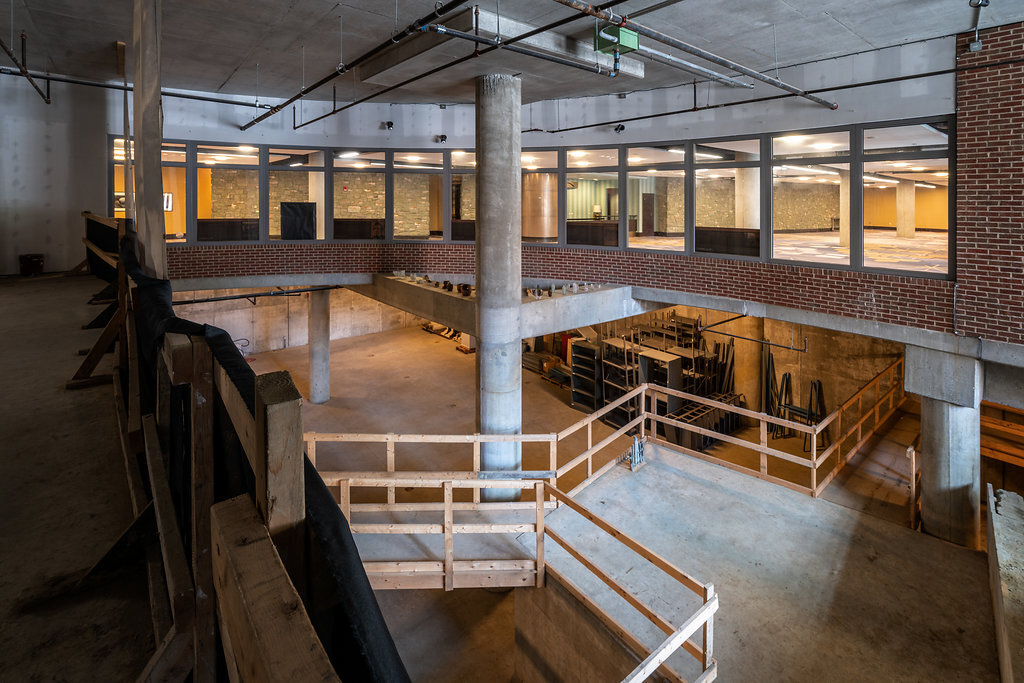
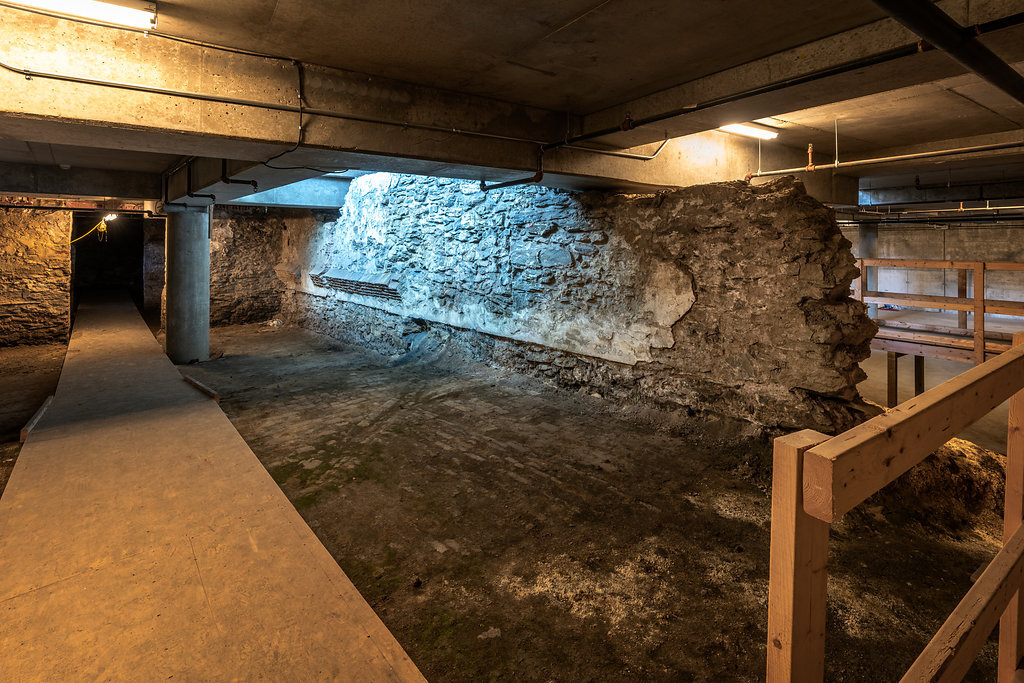
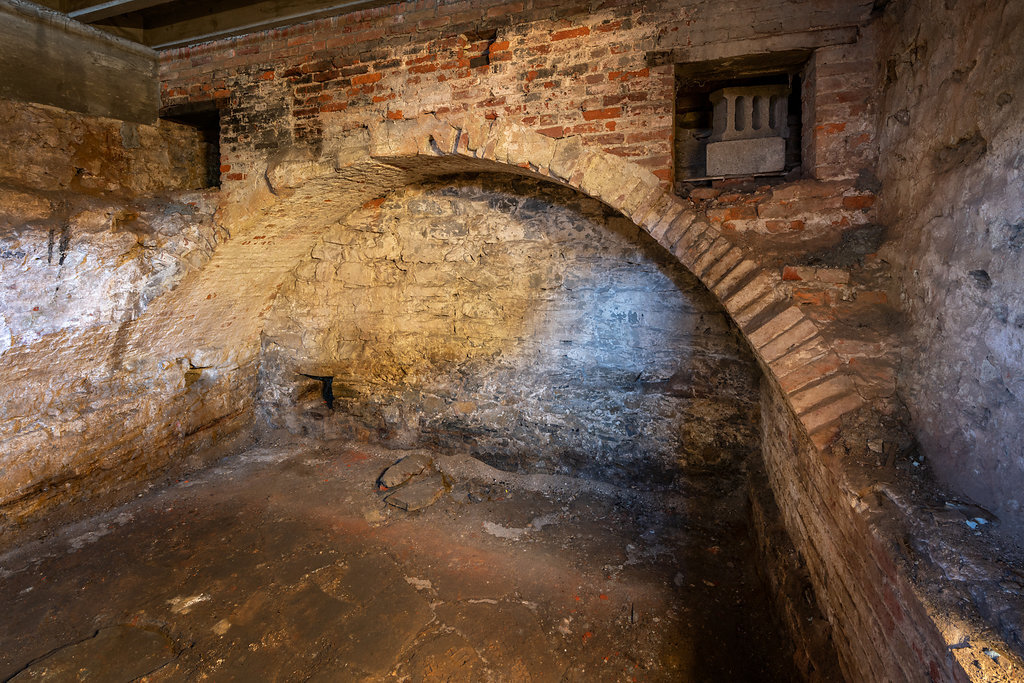
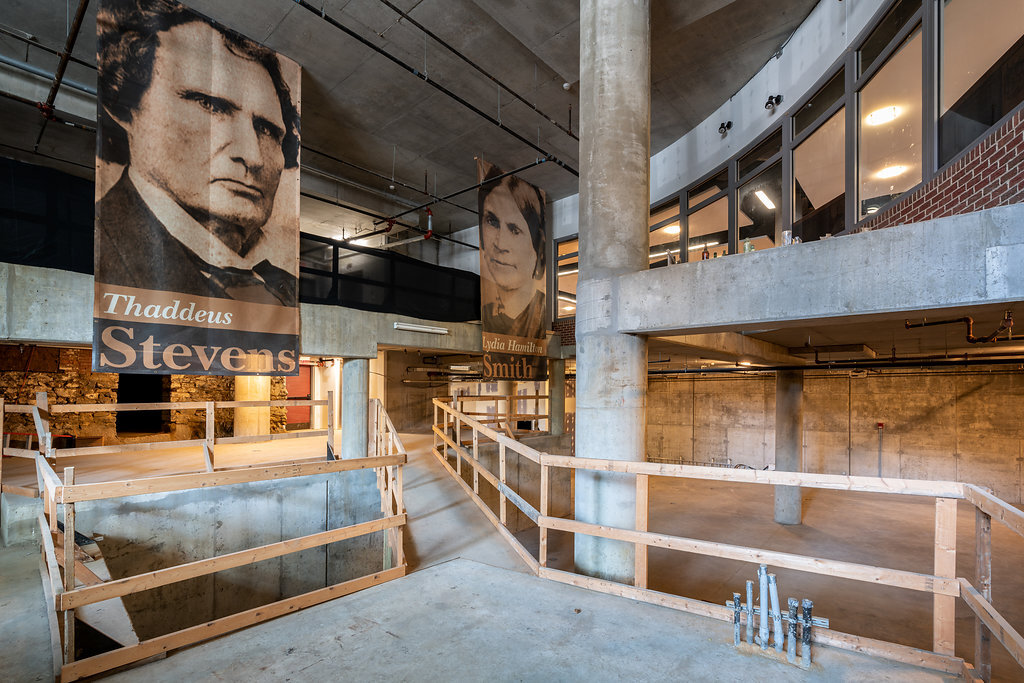
Watt & Shand
The preserved façade of the Watt & Shand building, done in the Beaux Arts style, has stood on East King Street since 1898
Family-run department store started by Peter Watt and James Shand for over 100 years closing in 1992
The corner portion of the curved wall (entrance to Plough from the street) was the first part of the construction
Listed on the National Register of Historic Places
4 additions were made to the façade, last one as late as 1924
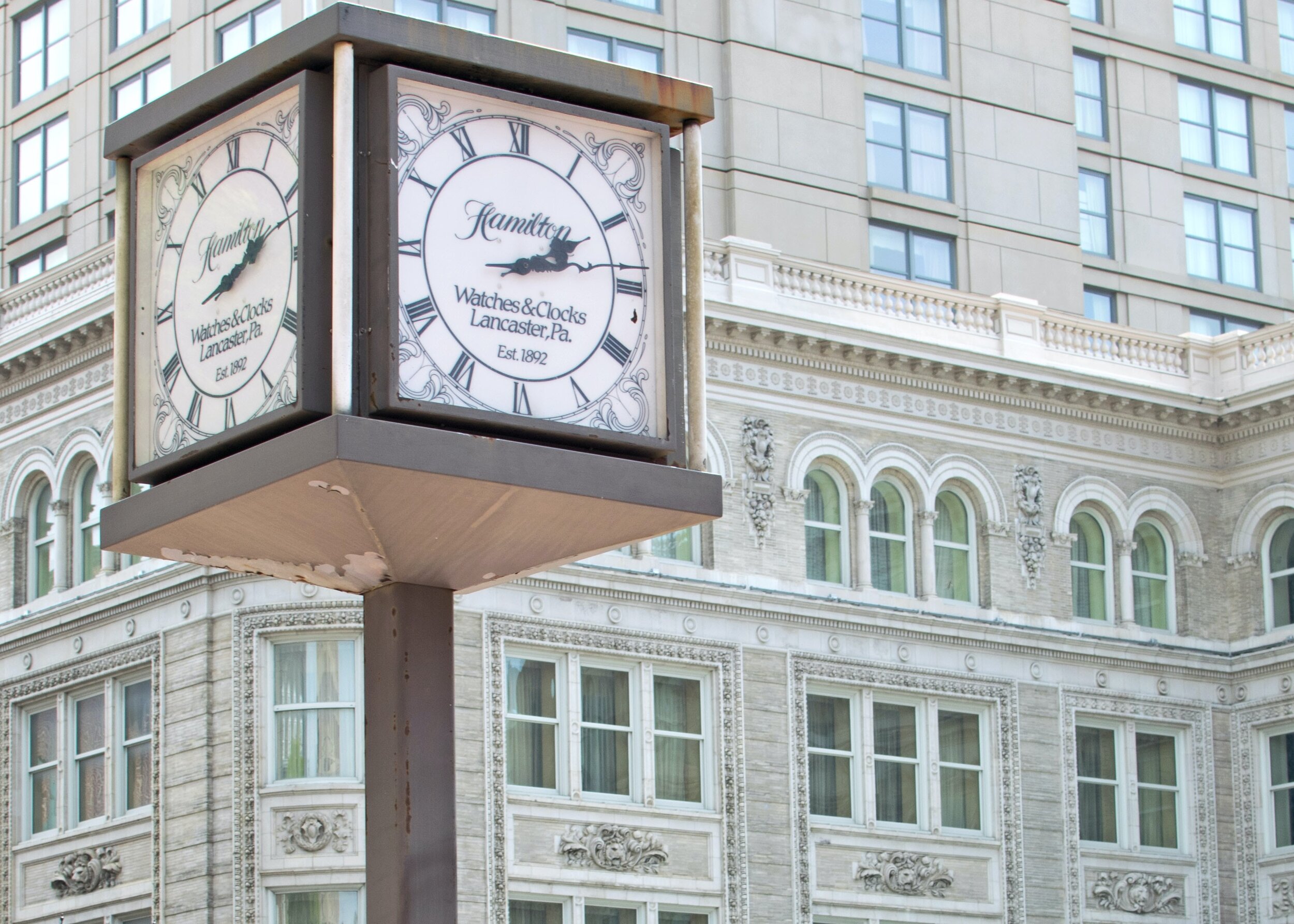
Did you know…
Lancaster was the Capital of the United States for one day on September 27, 1777.
The nickname for the long cigars, “stogies,” came from the Conestoga Wagons, which originated in Lancaster County.
Milton Hershey’s first successful business was the Lancaster Caramel Company.
Want to learn more about historic Lancaster?
Founded in 1729 as one of America’s first inland communities, several of America’s most foundational principles—religious freedom, social diversity, and the democratic process—were forged in the crucible that is Lancaster County. From the extraordinary lives of 15th United States President James Buchanan and abolitionist Congressman Thaddeus Stevens, to the struggles and triumphs of generations of ordinary Americans, Lancaster County’s rich and varied history has something to offer every history enthusiast.





